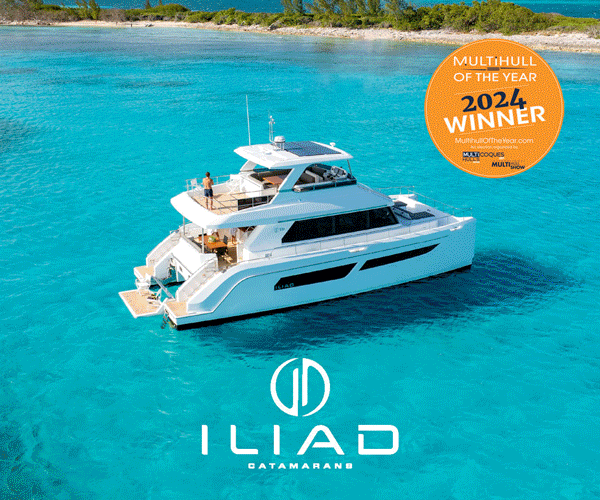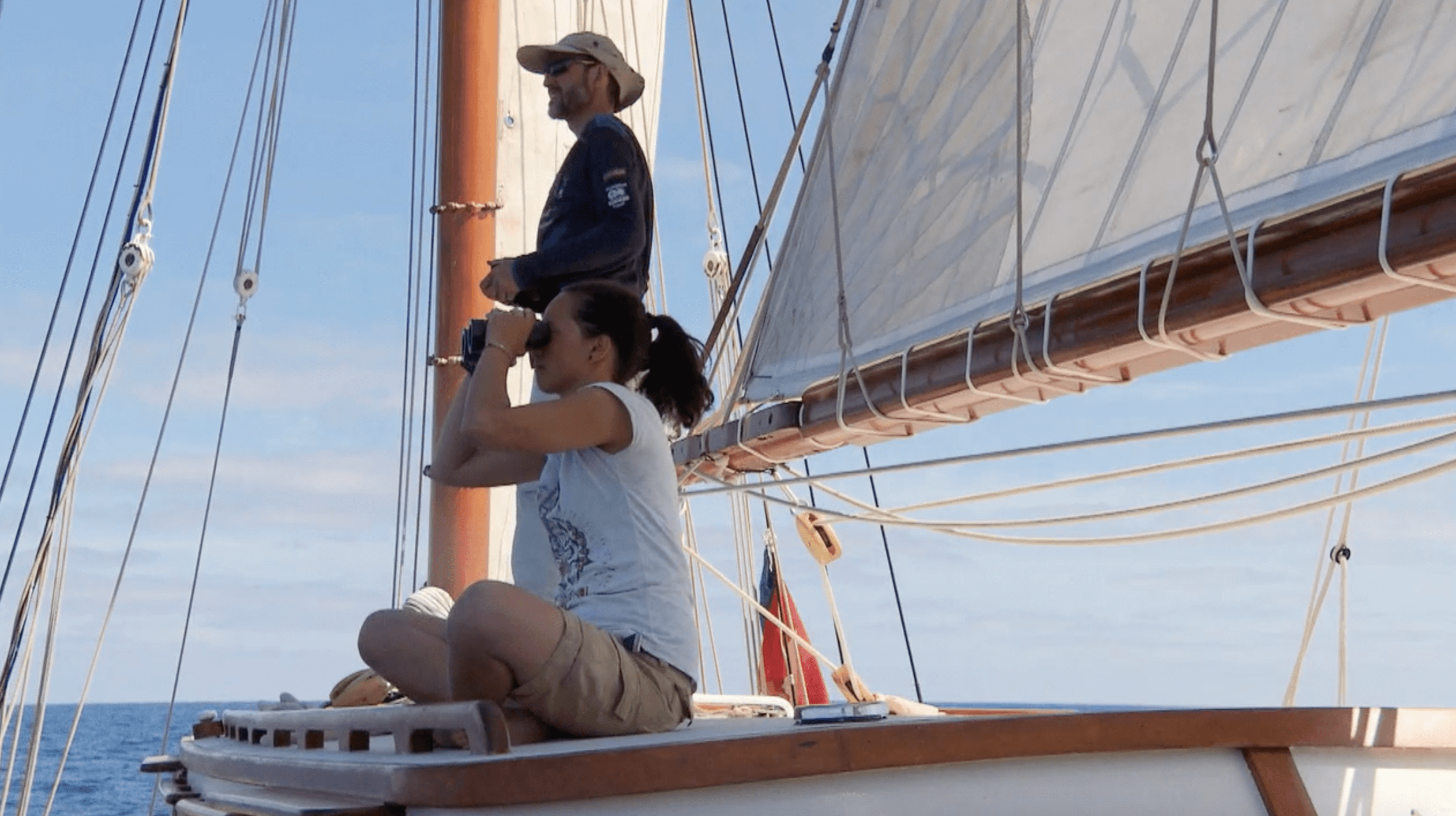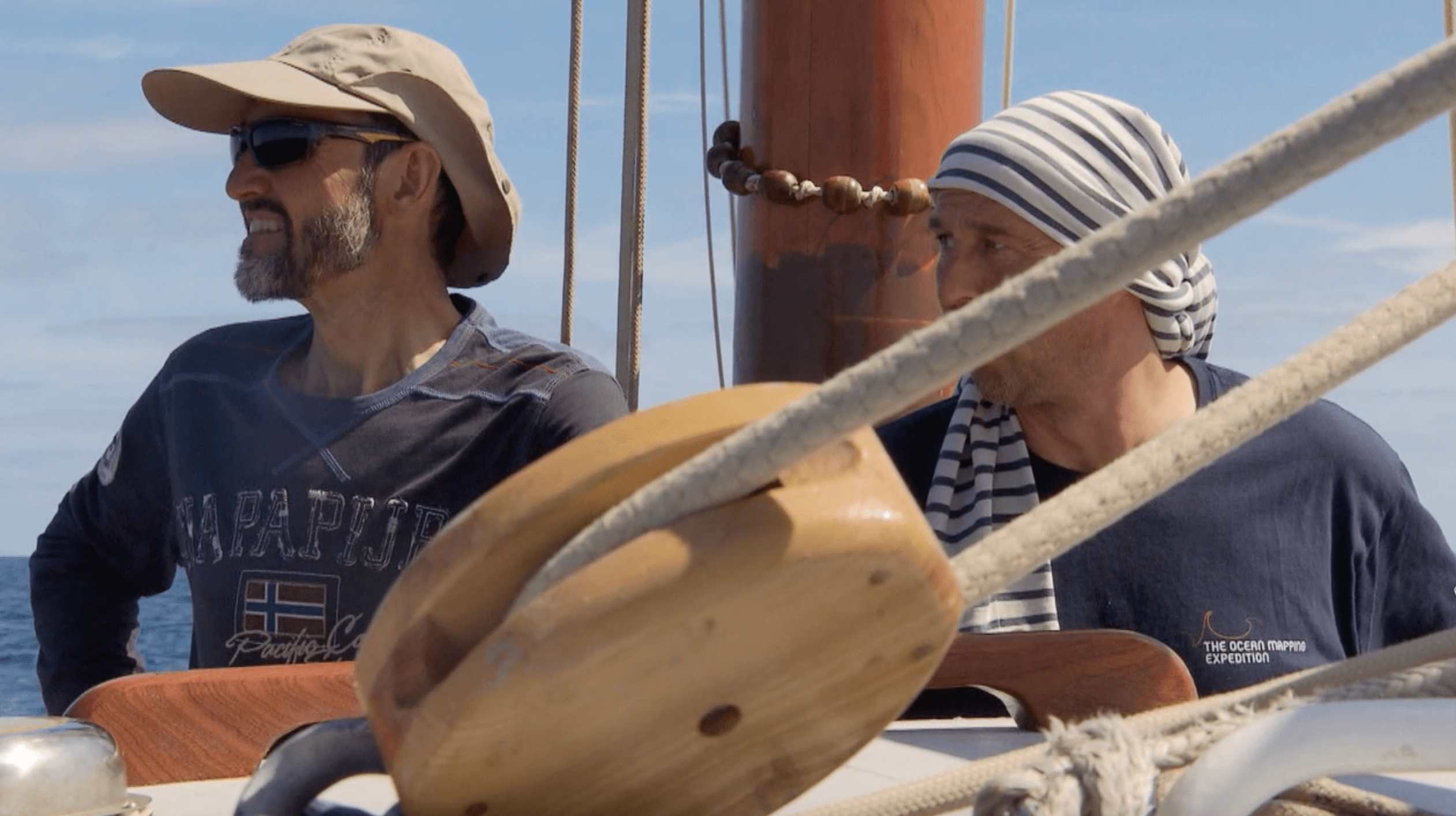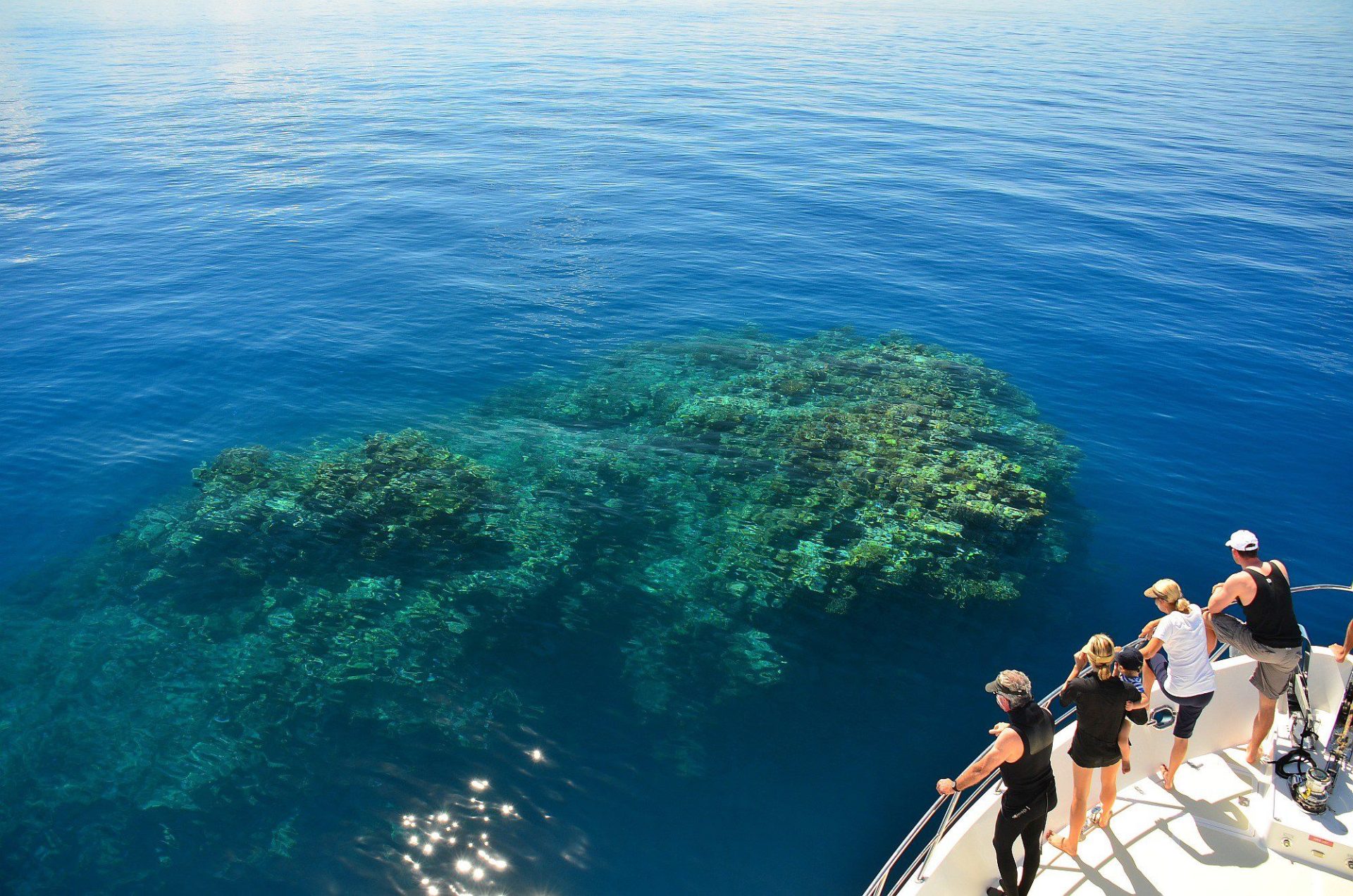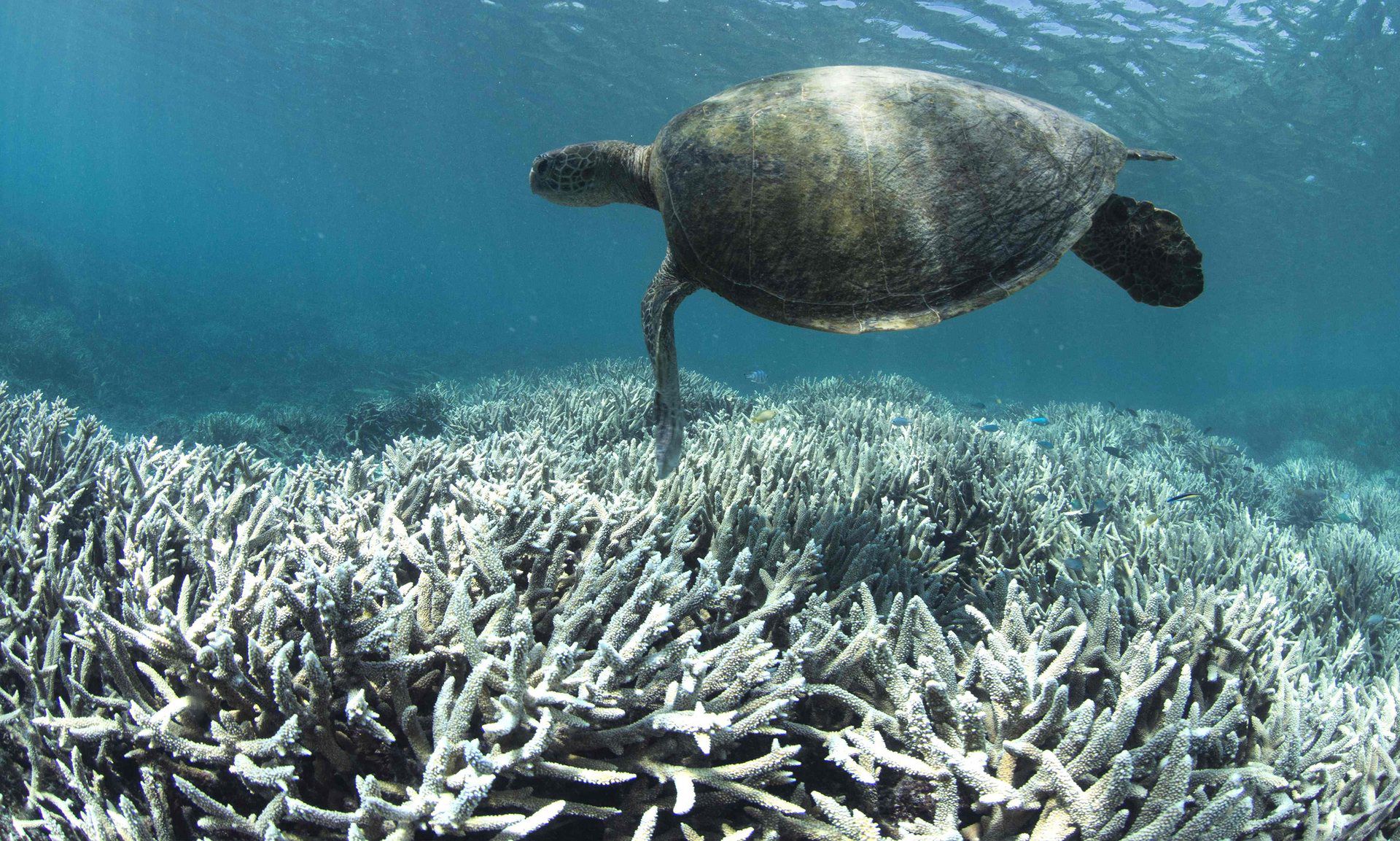Ocean Mapping harnesses Citizen Science
The Ocean Mapping Expedition aboard the 33-metre ketch, Fleur de Passion, is heading to the Great Barrier Reef to collect data on its state of health.
Photography by Fondation Pacifique
23 March 2017
The Ocean Mapping Expedition is a four-year journey around the world (2015-2019) in the wake of the discoverer of the Pacific, Ferdinand Magellan and will be an exceptional, one-of-a-kind opportunity to observe and map the state of the oceans today, echoing the spirit in which the Portuguese navigator and his crew embarked on their adventure almost 500 years ago.
A package of scientific, socio-educational and cultural programs will be undertaken in a multidisciplinary spirit of encounters and experience-sharing in order to gauge humanity’s impact on the oceans and contribute to the discussion of man’s place on “planet ocean”.
The Swiss expedition will depart Brisbane at the end of March 2017 to begin the second half of its journey around the world in Magellan’s wake.
Two new scientific programs will be deployed for the mapping and observation of the Great Barrier Reef, in partnership with the University of Queensland and the Australian NGO Coralwatch.
Working from Fleur de Passion, the aim will be to better understand the state of this UNESCO World Heritage site, which is witnessing serious deterioration owing to global warming, and to help develop tools for monitoring its evolution, with a view to its conservation.
Almost two years after leaving Seville in April 2015, The Ocean Mapping Expedition will then head for the Solomon Islands, Papua New Guinea, Indonesia, and then the Philippines, where it aims to arrive by the end of 2017. And it will continue its metaphorical quest for today’s ‘spices’, some 500 years after the very first circumnavigation of the earth.
Volunteers will be coming on board to map the coral reefs as part of a larger joint project which, besides the University of Queensland, encompasses several other Australian research institutions, namely the Australian Institute for Marine Science (AIMS), the Commonwealth Scientific and Industrial Research Organisation (CSIRO), James Cook University and the Great Barrier Reef Marine Park Authority (GBRMPA).
“No comprehensive map of all the vast and diverse habitats on the whole Great Barrier Reef currently exists describing geomorphic zonation (eg. slope, flat, crest) or benthic community composition (eg. coral, algae, sand),” explains Dr Chris Roelfsema.
“These maps would provide valuable information for monitoring and management to support: current bleaching surveys, the Crown of Thorns Starfish Eradication Program, marine park zoning design and day-to-day management of the GBR.
These types of maps have not been produced due to lack of resources and suitable approaches for mapping the 3,000 extensive and mostly submerged shallow reefs of the GBR.”
is leading efforts, with funding from the GBR Foundation, to create these comprehensive maps through combination of field and satellite image data, and ecological modelling and mapping. A pilot study was used to test the approach in the Capricorn Bunker group during 2016, and methods have now been adapted for application on the 200 reefs in the Cairns to Cooktown Management Region (CCMR).
“The approaches applied will be the first of their kind to be used over such a large area for so many reefs, and will result not only in benthic and geomorphic maps but also produce detailed water depth and wave climatology data for each shallow reef of the GBR.”
For Chris Roelfsema “Fleur de Passion’s journey along the GBR comes at the right time as it provides a unique opportunity to collect additional field data for 15 to 20 reefs to validate the mapping of the 200 reefs in the CCMR area. Validation data will include georeferenced photo transect surveys, Reef Health and Impact Surveys and Coral Health Chart surveys. This collaboration between the Swiss vessel and RSRC-UQ with the support of the Embassy of Switzerland in Australia is a clear message that there is international interest in conserving the biggest reef globally.”
With CoralWatch, an example of citizen science The second programme will take place in partnership with the NGO CoralWatch, a global citizen science project based at The University of Queensland. The project helps school, community and tourism groups to understand and support reef management by providing people with accessible information and the opportunity to participate in the collection of scientific data.
From Brisbane onwards, wherever the expedition comes across coral reefs, the Fleur de Passion team will conduct underwater observations of their state of health in accordance with the NGO’s protocol. These observations will feed into a database and allow for very close monitoring of their state of health.
“The Great Barrier Reef continues to face a barrage of threats,” says Prof Justin Marshall from the Sensory Neurobiology Group of the Queensland Brain Institute and project leader at CoralWatch.
“As a second major coral bleaching event takes hold, now more than ever the reef requires support by international government, industry, science and the community. Citizen Science is recognized as an effective way to bolster information flow between these sectors.
“CoralWatch is in a prime position to facilitate understanding between these sectors,” he adds. “The visit to Australia of the Fleur de Passion and the Fondation Pacifique and our developing cooperative relationship could not come at a better time.
“CoralWatch is looking forward to working with the crew, visiting scientists and guests aboard the Fleur de Passion to gather information on reef health but also to help the global community preserve reef systems for our children.”
www.gbrmpa.gov.au/about-the-reef/facts-about-the-great-barrier-reef



